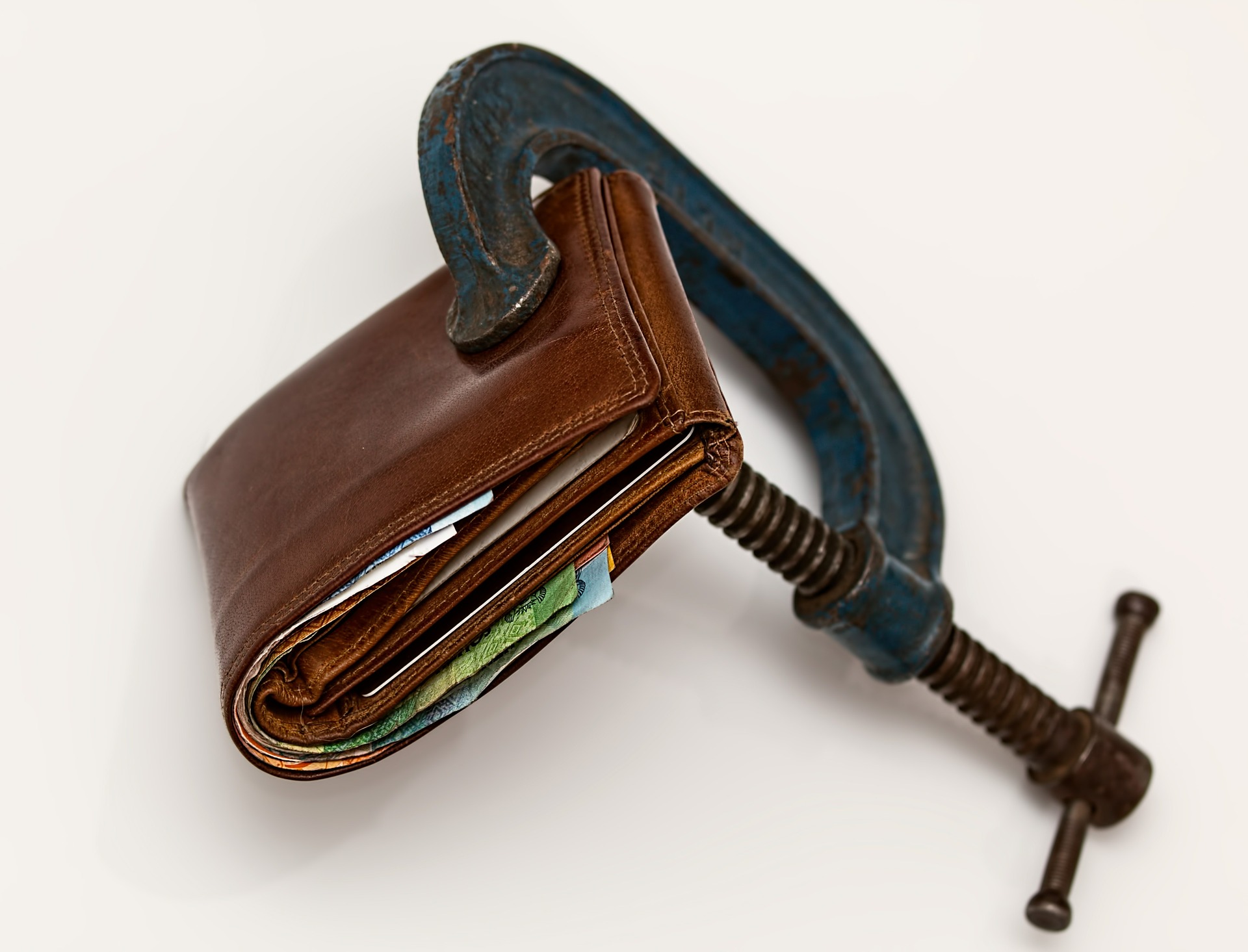 When you file your petition for bankruptcy under Chapter 13, you must also file your plan to repay the amount of your debt which is in arrears. You must show enough income to do that over a three to five-year period all the while keeping your all your debts current.
When you file your petition for bankruptcy under Chapter 13, you must also file your plan to repay the amount of your debt which is in arrears. You must show enough income to do that over a three to five-year period all the while keeping your all your debts current.
The Notion of Automatic Stay
On the date of your bankruptcy filing, an automatic stay is issued against all creditors. Under Chapter 13, the automatic stay is in force until the end of the repayment period. If the plan is complied with, there may be remaining debts that are discharged.
The purpose of the automatic stay is threefold: to give the debtor relief from collection action; to allow the debtor time to comply with a proposed reorganization plan; and, to freeze the debtor’s assets so that all creditors will be treated fairly. The only way creditors can continue collection action is by a court order which they may get by filing a Motion to Lift the Automatic Stay with the bankruptcy court. For Chapter 13, such a motion is generally brought by the holder of a mortgage, automobile loan or other secured debt.
There are ways you can fight this motion, but if you fail to respond within 14 days, the moving party may ask the court for an order lifting the stay based on your failure to respond. Chances are that the court will grant that request. It is important to respond and challenge the issues raised in the motion. You can also challenge the motion for not complying with the rules for filing such a motion.
Procedural Problems with the Motion
The first thing to do is to carefully analyze the moving papers to be sure that all the rules were followed. Some flaws that may defeat the motion completely, or at a minimum allow the debtor more time to confirm the plan, are:
- The moving party failed to properly serve the papers on the required parties, which includes the debtor, debtor’s attorney, trustee and any other party known to have an interest in the property at issue.
- The proper evidentiary documents were not attached. The moving party is required to attach details of the collateral for which it wants to collect including a description of the property and its current value. The amount of the original loan, the original monthly payment, the amount in arrears, and the current monthly payment according to the repayment plan must also be attached.
- The moving party has no standing. This is often a failure of a mortgage holder. It is common for mortgages to be bought and sold. The entity that brings the motion must attach proof that they are in fact the holder of the mortgage.
- There was inadequate notice of the hearing date.
Substantive Objections to the Motion for Relief
If the filing papers are in order, the grounds upon which the motion can be brought according to the Bankruptcy Code 11 U.S. Code § 362 (d) are that there is inadequate “protection of an interest in property” and that “(A) the debtor does not have equity in such property; and such property is not necessary to an effective reorganization.” You can rebut this in the following ways.
- Your reorganization plan is likely to be confirmed. If the creditor is, as it usually is, brought by a mortgage lender who is hoping to foreclose on your home, you can fight this by showing that you have filed a reorganization plan that has a reasonable possibility of being confirmed within a reasonable amount of time.
- An application for a loan modification is under consideration.
- A loan modification agreement is in effect which lowered the monthly payments from those that were on the original loan.
- The property in question is necessary for an effective reorganization.
- The property is provided for in the reorganization plan. All post-petition payments are current.
- The reorganization plan has been confirmed and it provides for all prepetition in arrears to be paid over the course of the plan. Relief from the stay cannot be based on facts that occurred prior to the confirmation of the reorganization plan.
For all of your objections, you must attach documentation to support your claims. The party making the Motion for Relief from the Automatic Stay Chapter 13 has the “burden of proof on the issue of the debtor’s equity in the property,” but the burden on all other issues is on the debtor.
If you need assistance in fighting a Motion to Lift the Automatic Stay in Chapter 13 Bankruptcy or have any other questions concerning bankruptcy, contact a qualified bankruptcy attorney at the Chris Wesner Law Office LLC today about your concerns.
